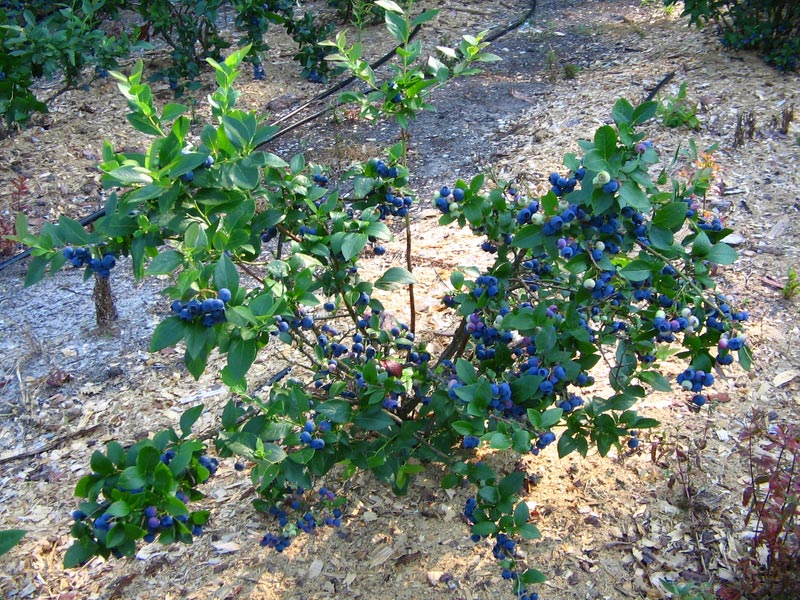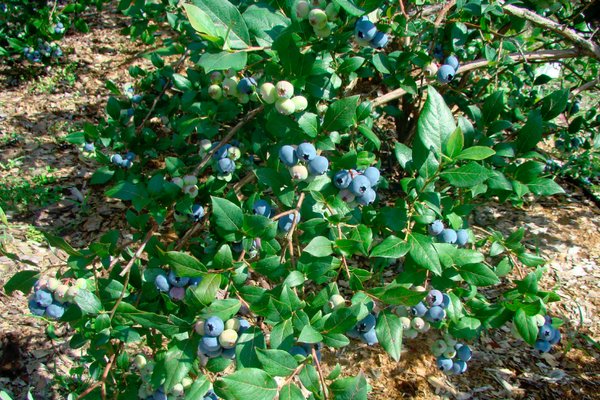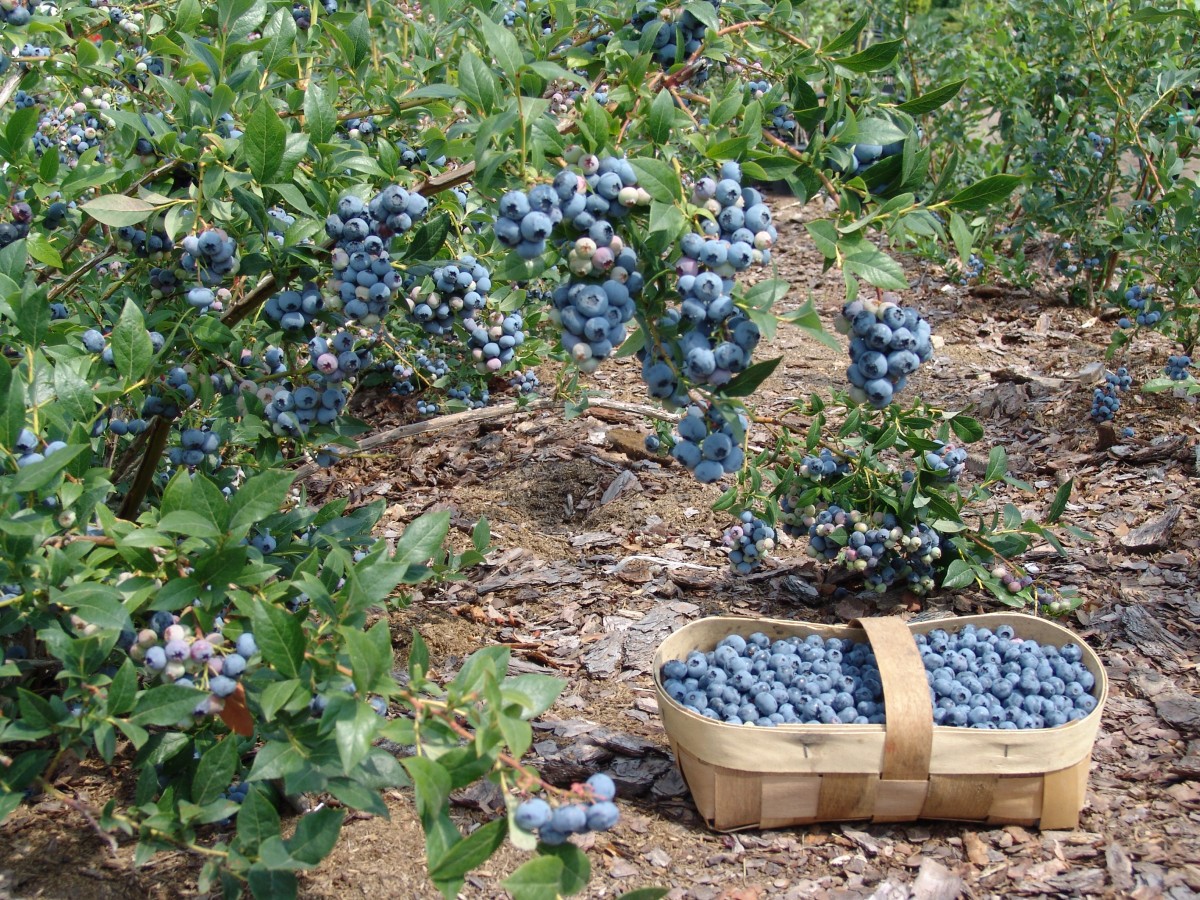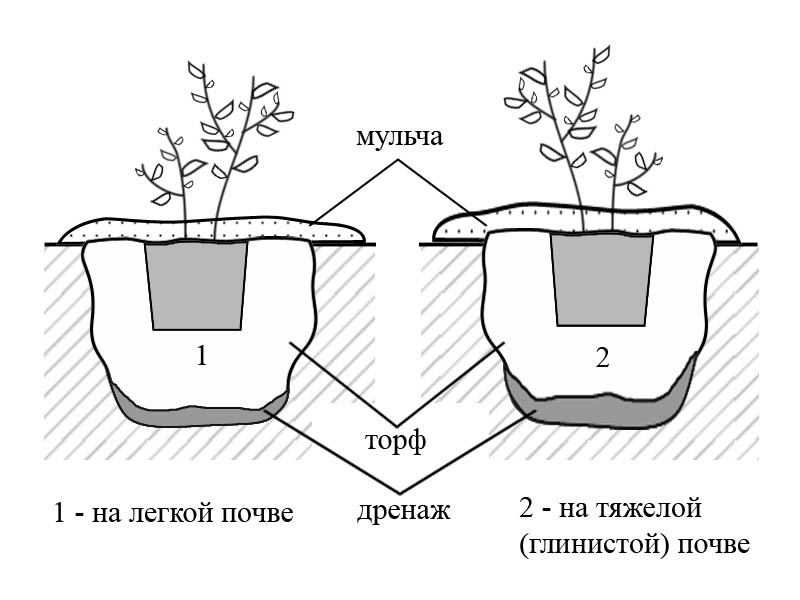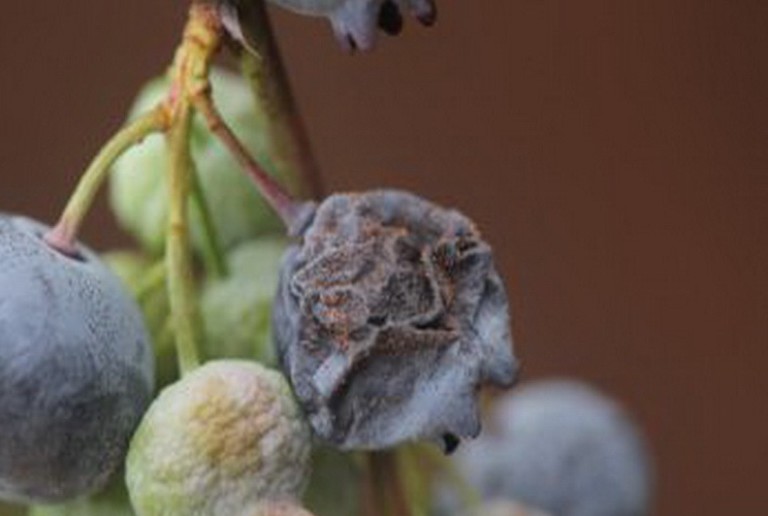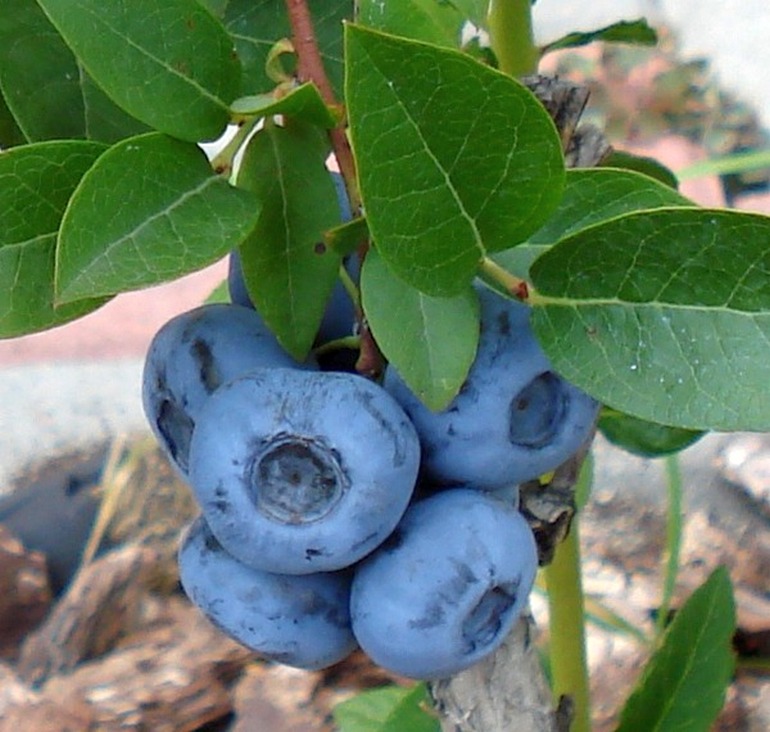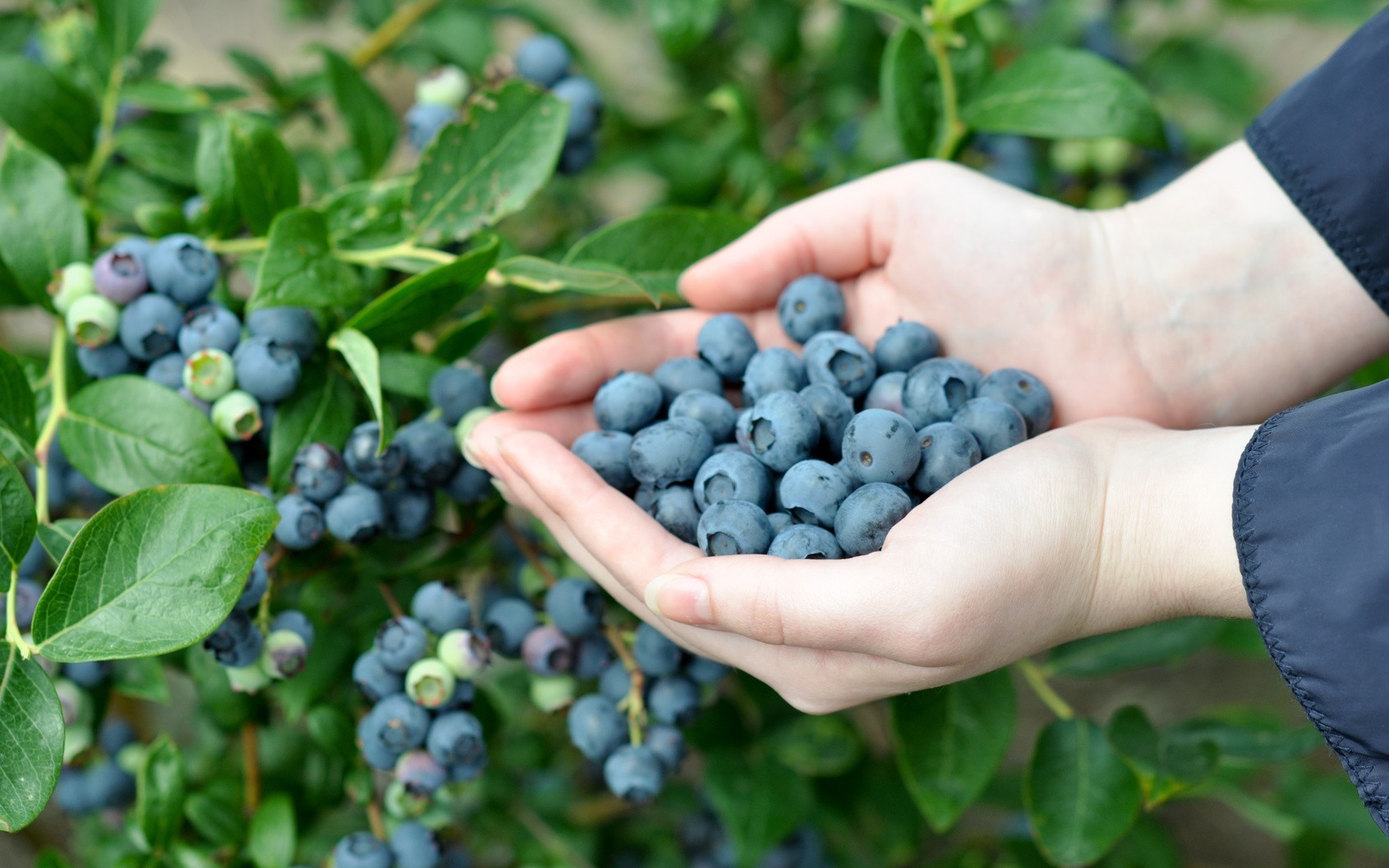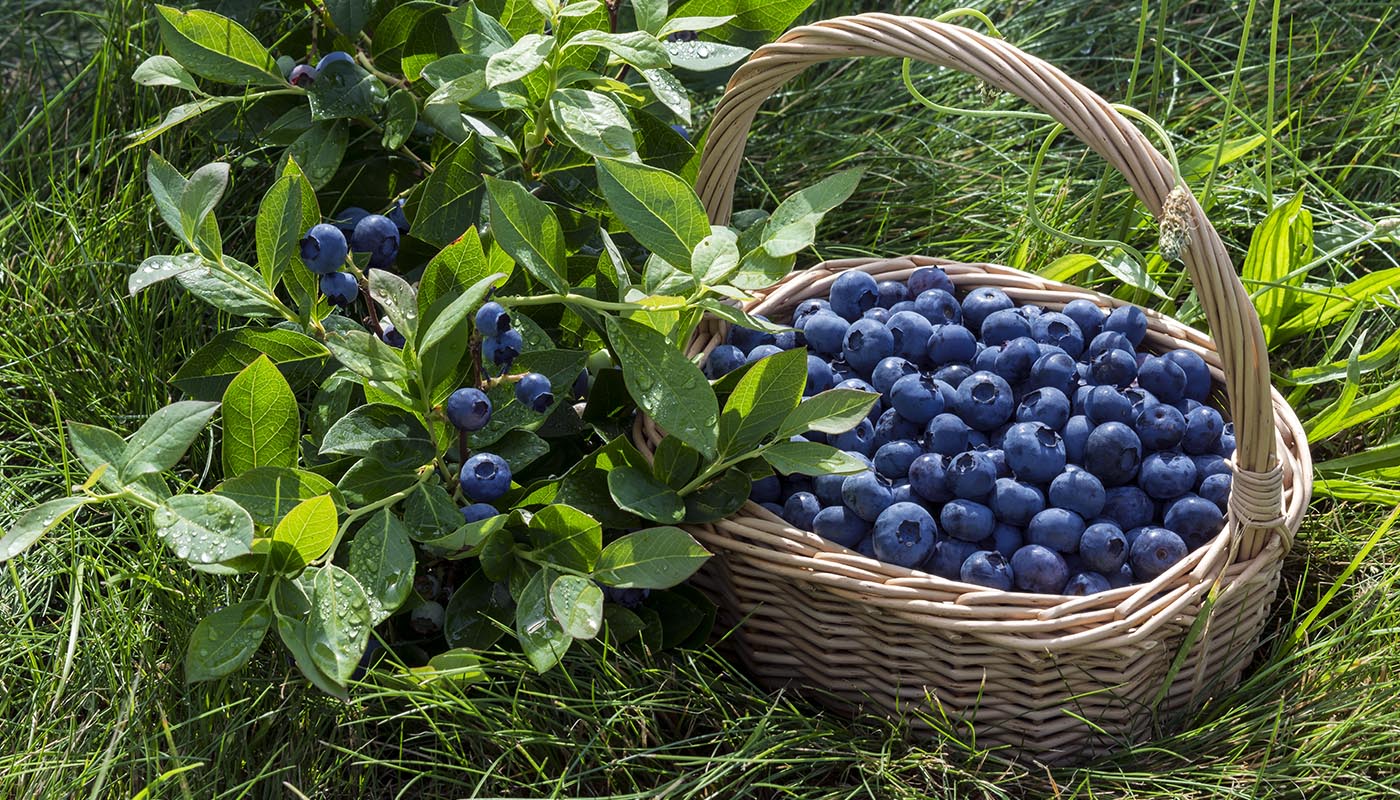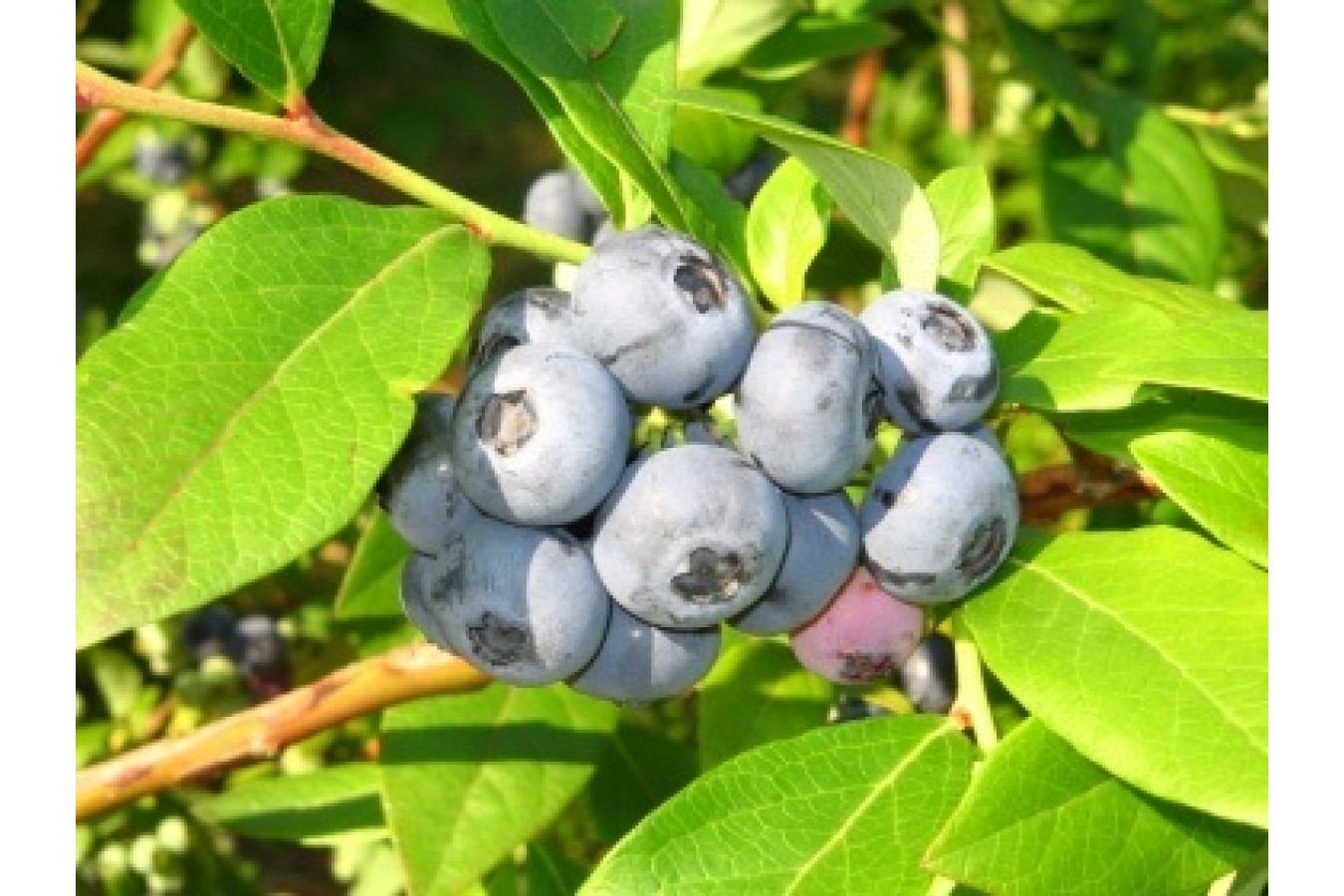Content:
Many owners of summer cottages practice the cultivation of fruit berries; not only experienced gardeners, but also beginners can do this. Blueberries are currently moving from the category of exotic to a completely familiar inhabitant of the backyard economy. The plant attracts people with its beauty and abundant harvests of useful berries.
A bit of history
In 1908, American researcher Frederick Vernon Covill collected samples of wild blueberries for subsequent selection. With the help of the owner of a large farm, Elizabeth White, painstaking selection work began. The result was the successful breeding of more than 10 different varieties, including the Bluecrop blueberry variety.
This variety appeared in the Soviet Union in the middle of the twentieth century and gained great popularity. Its advantage among similar varieties of this culture lies in abundant fruiting and large berries.
Blueberry Bluecrop: description and characteristics of the variety
In height, the plant is capable of reaching two meters in height, the leaves have a rich dark green color and an oblong shape. With the onset of autumn, the shrub takes on a decorative appearance, thanks to the foliage.
Fruits are dark blue, slightly flattened in shape, large in size. On the berries, you can see a clear bloom of light blue color.
The harvest ripens in August, this period is valid for plants planted in the European part of the Russian Federation. If the climate is different, the dates are shifted.
Features include the following:
- High yield - on average, one bush gives about 9 kg of berries;
- Shrubs are prone to rapid growth and easy development;
- For the berries to appear, the presence of a pollinator is not at all necessary - for hybrid varieties of a tall plant, self-pollination is characteristic. It gets along best on acidic soil, and therefore, before planting, it is recommended to acidify the selected area;
- The diameter of the berries is about 2 cm.
How to plant
To get a rich harvest, the land owner must carefully prepare for planting work. It is important to choose high-quality and healthy seedlings, as well as to correctly determine the place of planting in the country.
As for the seedlings, it is recommended to opt for 2-3 year old shrubs. It is better to purchase them from professional gardeners or nurseries. This approach to business will give a 100% guarantee that the right variety is being bought. Making a purchase from an unverified seller does not guarantee the quality of the future berry.
The plot in the country should be with good illumination, but with little shade. The fact is that in natural conditions, the place of growth of shrubs is a forest zone, and there is no bright sun there. It is also necessary to provide protection against cold and strong winds.
If there is groundwater at the chosen place for Bluecrop blueberries, then planting should be done so that 60 cm remains to the water.This variety is very fond of moisture, and its root system does not lie deep.
Particular attention should be paid to the soil composition; for a forest dweller, a soil similar to forest is preferable. Something suitable can be created using a peat-sand mixture. Loamy and chernozemic soils are necessarily oxidized. Acetic acid or malic acid is suitable here.
Planting tall blueberries is easy. With proper preparation, as described above, no problems should arise. If everything went right, then it will be possible to collect delicious berries after three years.
Bluecrop is planted according to the following principle:
- Planting can be done both in autumn and summer. However, experts recommend postponing these dates to spring, so that the plant has time to prepare for frosts;
- All seedlings must be removed from the containers and carefully spread the roots;
- Planting soil is prepared, which includes: peat, sand, forest land. Sawdust and bark are added if necessary;
- During planting, it is necessary to take into account the distance between the bushes, it should be at least 1.5 meters. Also, a decent space should remain between the beds, so that as they grow, the shrubs do not intertwine with each other;
- The depth of the hole is calculated from the size of the roots and must be at least 1 meter;
- The bottom is covered with drainage materials with a layer of up to 20 cm. Crushed stone or broken brick is perfect;
- It is necessary to add prepared soil. You can increase the acidity of the soil with a sulfur supplement or needles;
- The seedling must be planted deeper than it was in the container;
- Upon completion of planting work, all blueberries of the Bluerop variety are properly watered and mulched.
How to care
To get a good harvest from any crop, the gardener must know how to provide the necessary care, the same goes for the garden blueberry Bluecrop.
Adhering to the following useful tips, the owner of a summer cottage will not have difficulty in growing this plant:
- Shrubs need abundant watering in the first days after planting;
- It is necessary to remove weeds and weed so that the right amount of oxygen enters the soil;
- When loosening, it is recommended to be careful not to damage the root system;
- Blueberries belong to plants that love moisture, and therefore you need to remember about mulching and add sawdust, needles, tree bark as necessary;
- Organic feed is not used when growing this berry. It is recommended to use nitrogen, boric and phosphorus fertilizers *. After planting, complex fertilizers are applied; for the next season, you need to feed it in spring and summer (April, June);
- It is necessary to prune shrubs at the 4th year of the culture's life. Due to the timely removal of excess branches, the yield is noticeably increased. If you do not engage in such a procedure, then the fruits become smaller and lose their taste.
About diseases and pests
One of the characteristic features of this variety is the good immunity of the berry culture, which is resistant to various ailments and pests. But there are no ideal indicators, therefore it is worth mentioning some of the problems that a gardener may face:
- With a fungal infection in blueberry culture, berries are mummified. Fungicides are used for treatment;
- The defeat of gray rot is observed on ripe fruits and is characterized by the presence of a small cannon. The disease occurs as a result of an excess of nitrogenous fertilizers and non-compliance with the weeding schedule;
- The most dangerous ailment is a cancerous lesion of the stem in the presence of a pathogenic fungus. At the initial stage, you can notice the appearance of small spots, which begin to grow until they are completely drained. For treatment, fungicides are used, a reduction in watering and top dressing;
- The kidney mite cannot be seen with the naked eye. Parasites suck out juices and carry various diseases. You can fight with vitriol and nitrafen;
- It is typical for red and black aphids to infect any part of the plant with the laying of many eggs. The presence of such a parasite is indicated by yellowed and fading shoots. In the treatment, special means for spraying are used.
Preparing for freezing
To avoid the death of the fruit crop, you need to take care of the covering material for the plants. Plastic films are not used here. Before covering the plantings, it is necessary to bend the blueberry branches to the ground and carefully fix them, then a large amount of needles is used, which will serve as a covering material. Shrubs should be closed in mid-November, and opened only after the snow cover has melted.
About the advantages and disadvantages
Each garden plant has its own pros and cons. The positive features of the described variety include:
- high yield rate (up to 9 kg per shrub);
- resistance to low temperatures (up to -34 degrees);
- good immune system.
Among the disadvantages are:
- the bushes are overloaded with berries;
- because of the extended fruiting period, it is difficult to wholesale the crop.
In general, tall blueberries Bluecrop is a very good berry crop, suitable for growing in our country.
